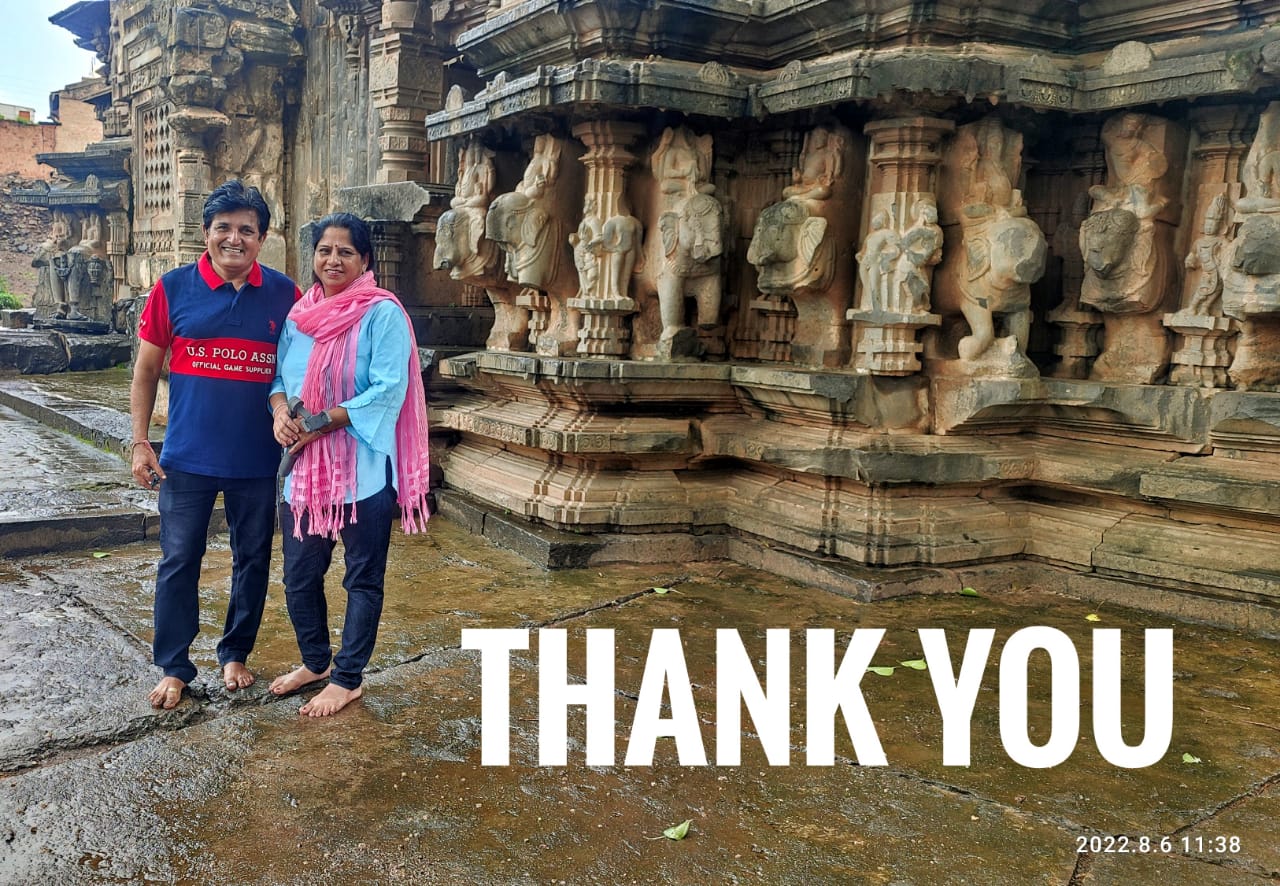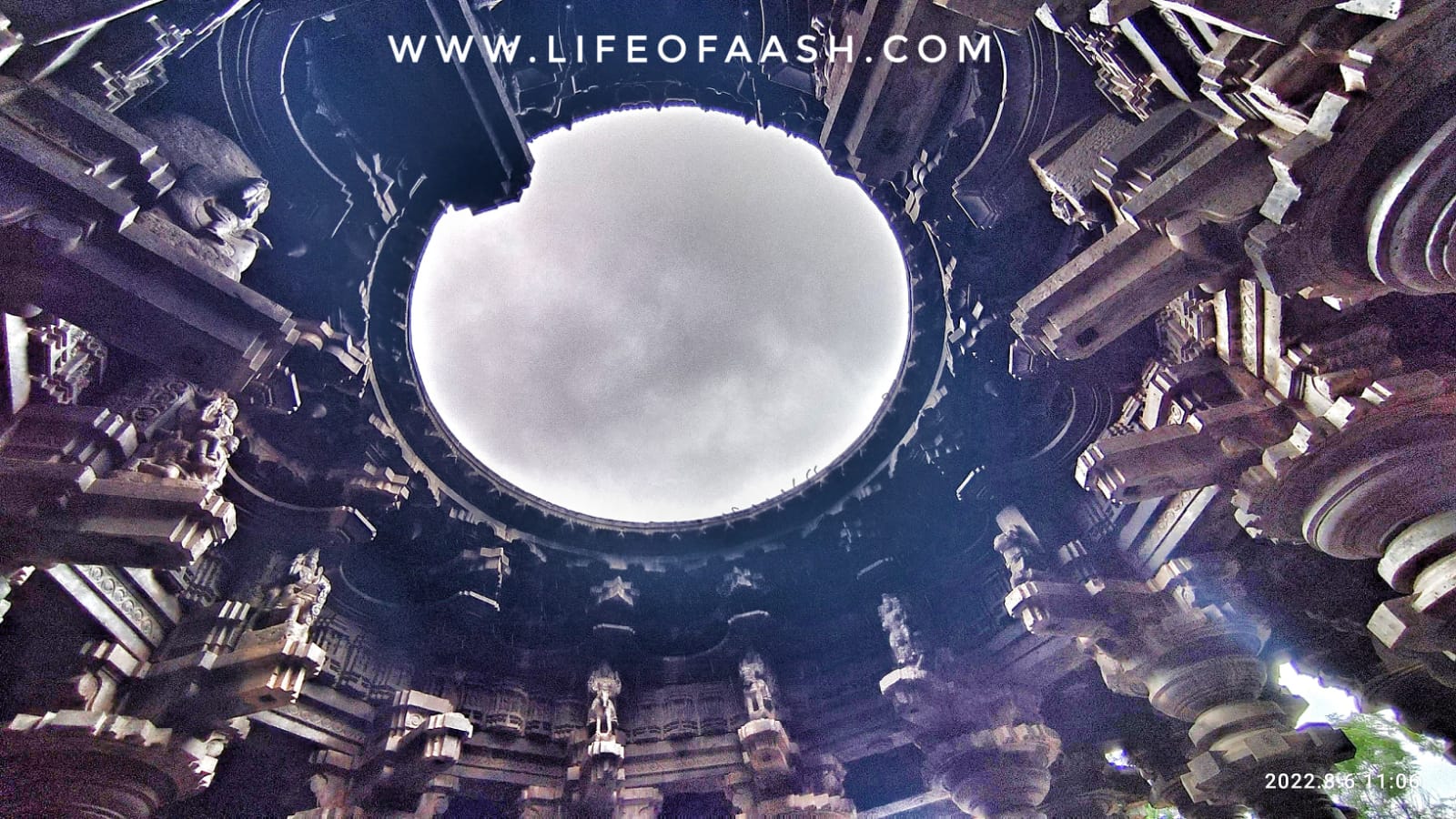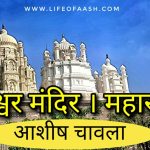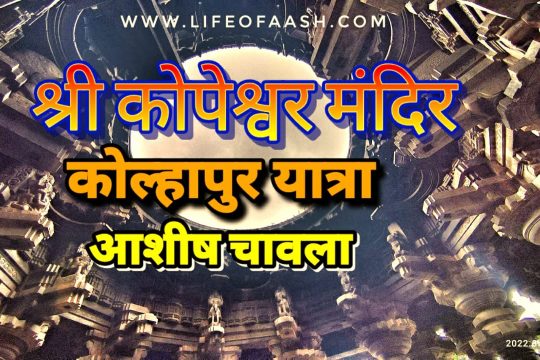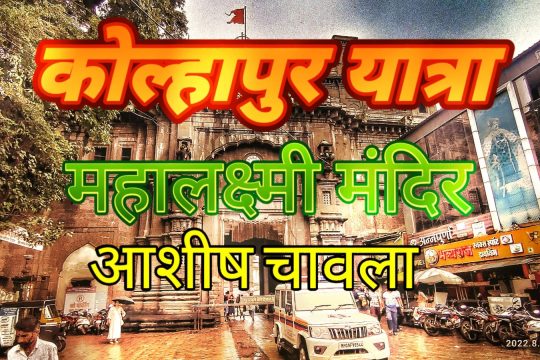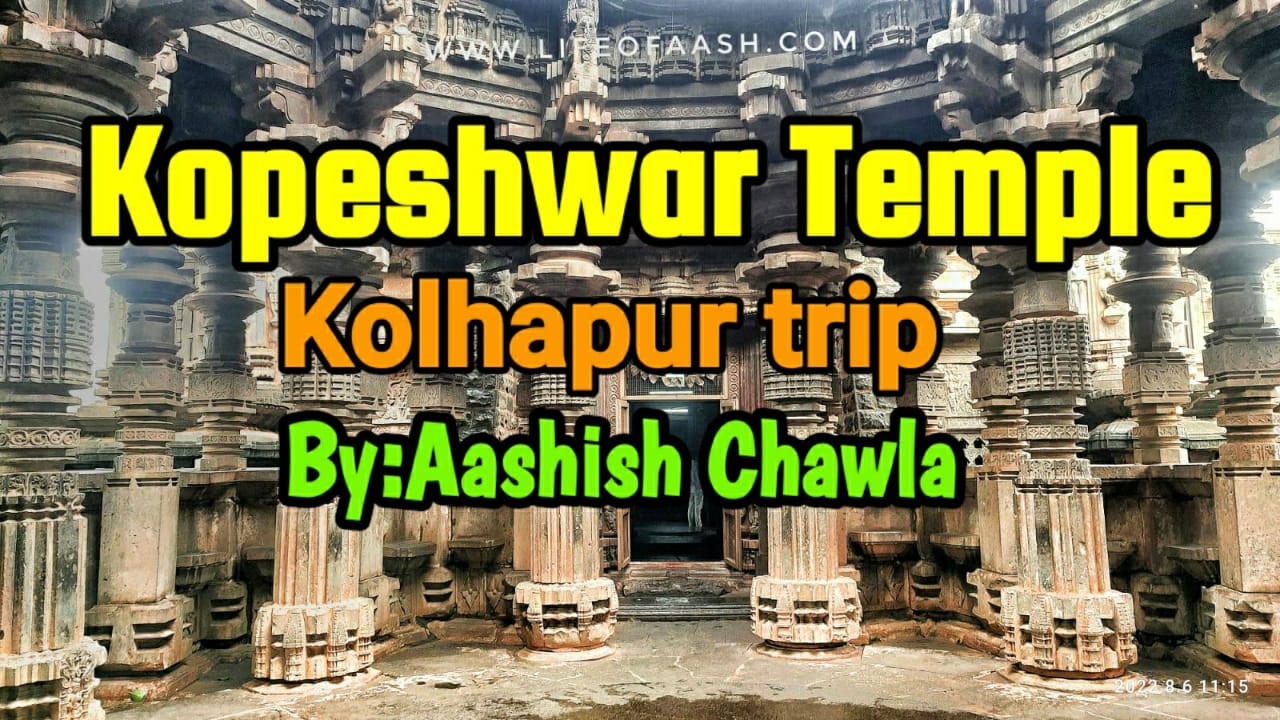
In my previous blog, on day one you read how we visited picturesque Gagangad Fort at Gagan Bawda, and later in the evening visited the famous Mahalaxmi temple and Rankala lake.
Click on this link to read the blogs
Day 2:
On day 2 of our stay at Kolhapur, I had planned to visit the Kopeshwar temple at Khidrapur. However, transportation to visit this place was proving to be a challenge for me. When I enquired at the CBS Kolhapur bus stand I was told that there is no direct bus to Khidrapur. I, therefore, enquired with the local private taxi guy, who said he will charge me Rs 2500/-. Now, this was too much for a budget traveler like me and over that, we were only two people. At one point I succumbed to this offer because, after all, I had traveled so far from Mumbai to explore this temple, How could I let go, On second thought, I again went to the bus stand where I spoke to one of the local people, who told me to take the bus to Icchalkuranji and from there we can take a bus to Khidrapur. I again got this confirmed from the bus stand Enquiry counter.
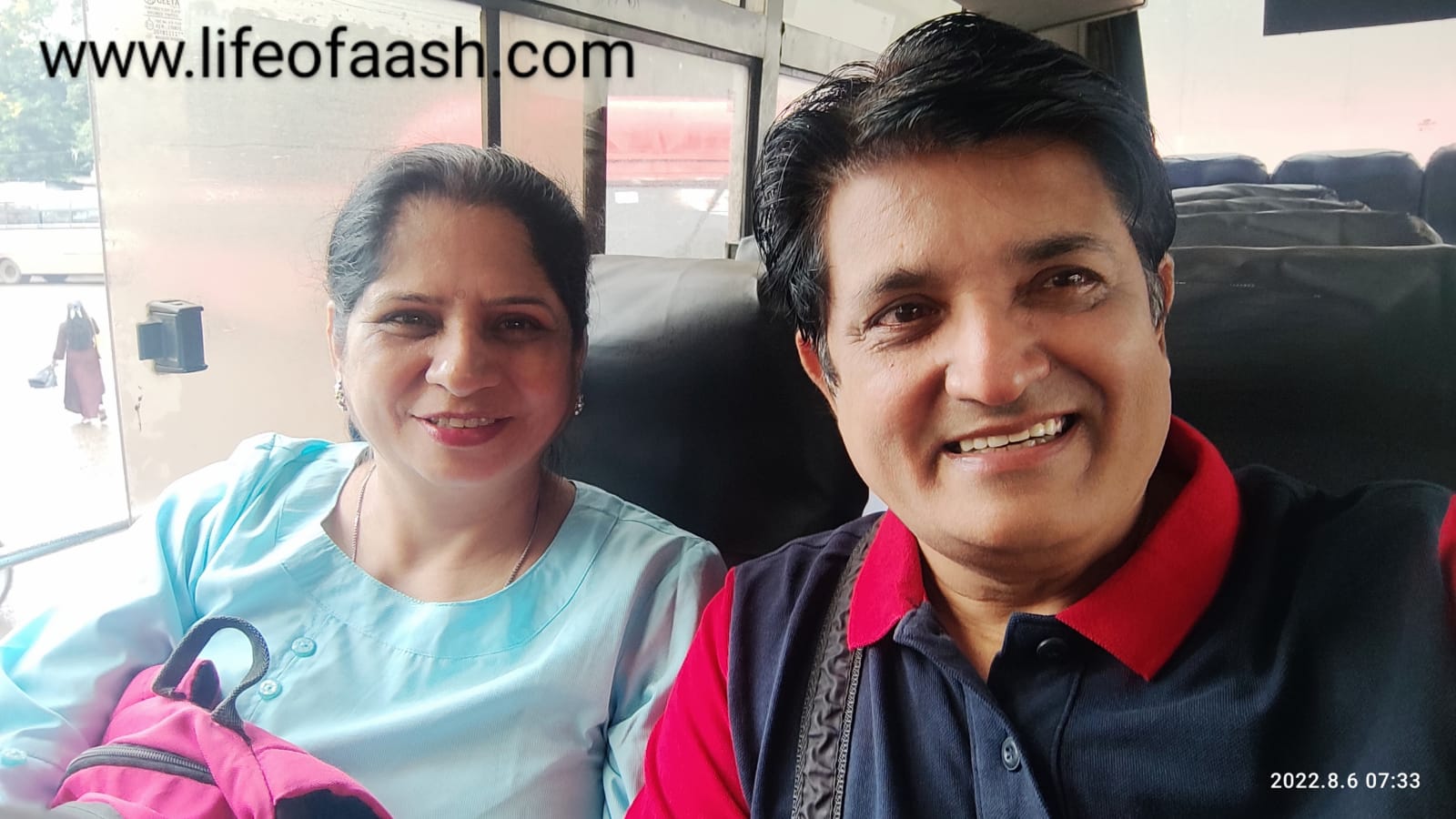
.
Time was just 7.30 am, and we saw a bus for Icchalkuranji waiting at the platform. Both of us
boarded the bus and within 5 minutes our bus started the journey. Today again, it was a rainy day, and the early morning chill was making the climate all the more enjoyable. In less than an hour we reached Icchalkuranji Bus Stand.
.
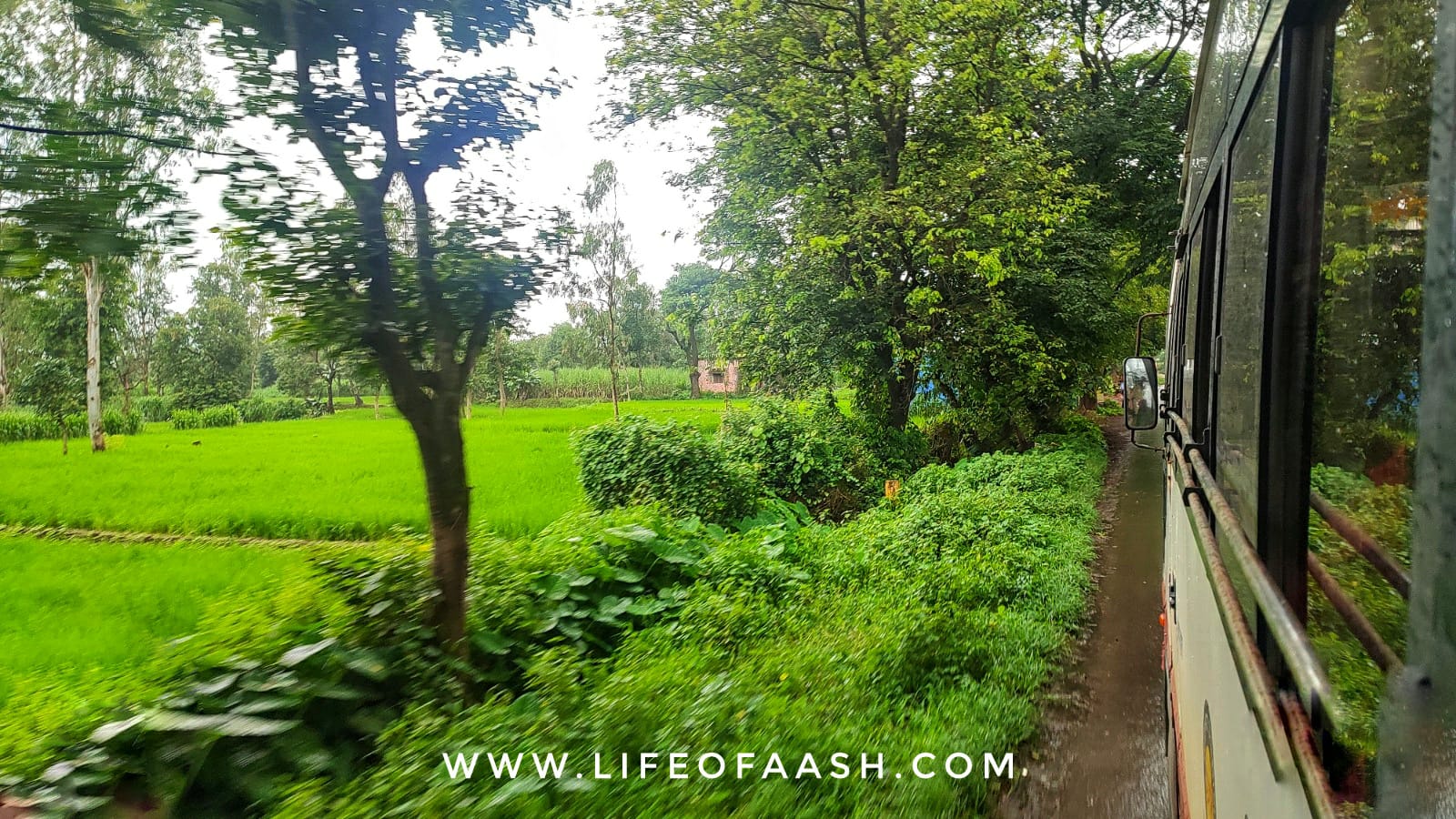
.
At Ichalkuranji Bus stand I checked for the platform from where the buses to Khidrapur go and quickly reached there. Very few people were sitting on this platform. I asked the local when will the bus be coming. He replied “Ti atach geli” (It’s just left). I was flabbergasted. and muttered oh shit! (see this is the problem. when we are using public transport and honestly speaking mentally we should be prepared for this kind of situation) my disappointment was all the more because I was on a very tight schedule, and over that, I had to catch a night bus and if possible do a little bit of local sightseeing in Kolhapur.
Anyways I went to the inquiry counter and asked him, when is the next bus. He said “Atta adich waghe yehil (Now the next bus is at 2:30 pm). You can imagine my plight. Here I am sitting at a bus stop, at 8:45 am and I am told to wait till 2.30 pm for my bus, which I am not sure will definitely come at that time. (many a time they cancel the bus)
As a traveler, one has to constantly be prepared for such setbacks and move on to think of alternatives. I checked out with one of the bus conductors as to what I should do. He said I could get Vadap (autorickshaw) sharing to Khidrapur, from outside the bus stand. I was overjoyed and quickly told my wife to come along and we walked out of the bus stand and checked at the auto stand. Here again, I got a jolt to my planning, because the auto guy said that there is no auto going from there. I should instead try taking the bus from here to Kurundwad and from there I can get an auto or bus to Khidrapur.
Fortunately, in a few minutes, the bus to Kurundwad arrived at the bus stand and we boarded this bus, feeling a sense of relief for the time being. (The reason I am saying the time being is, that I was apprehensive whether I will get the connecting auto or bus to Khidrapur from Kurundwad).
.
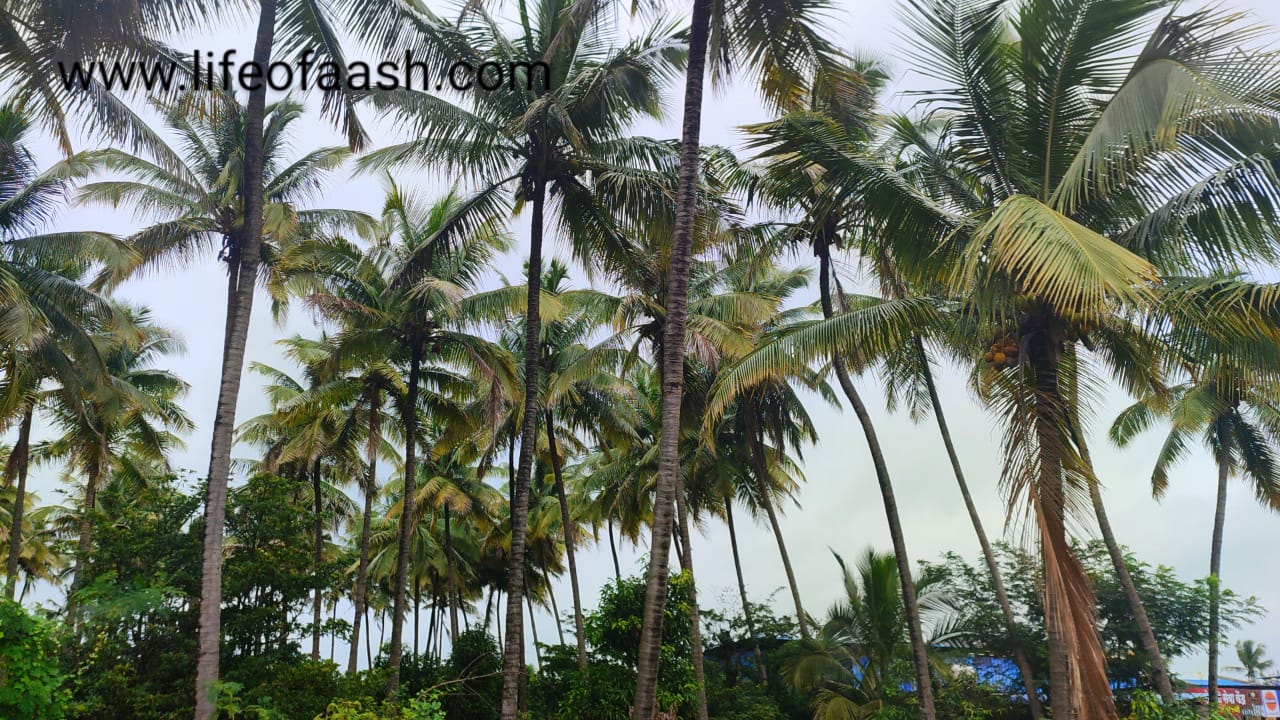
It’s about 45 mins. to 1 hr drive by bus from Khidrapur to Kurundwad. Our bus was speeding away through villages. and soon we reached Kurundwad. We waited about 15 minutes for the bus to Khidrapur, but it was nowhere in sight, and the replies that I was getting from people at the bus stand were very vague. As we were not sure how further things will pan out with respect to food and travel, we decided to try out some local wadapav and then go searching for the autorickshaw. At the Wadapav shop, I asked the local guy how can I reach Khidrapur. He told me to walk around 100 meter from the bus stop to a Rickshaw stand, and from there he said we can get the wadap. (auto). Generally in small villages, it’s always better to run and reach the auto stand as soon as you get down from the bus otherwise, most of the seats in the auto get filled up very fast and you don’t get the auto. Something same happened to us too, by the time we reached the auto stand there was only one auto, and in that only 2 people were sitting.
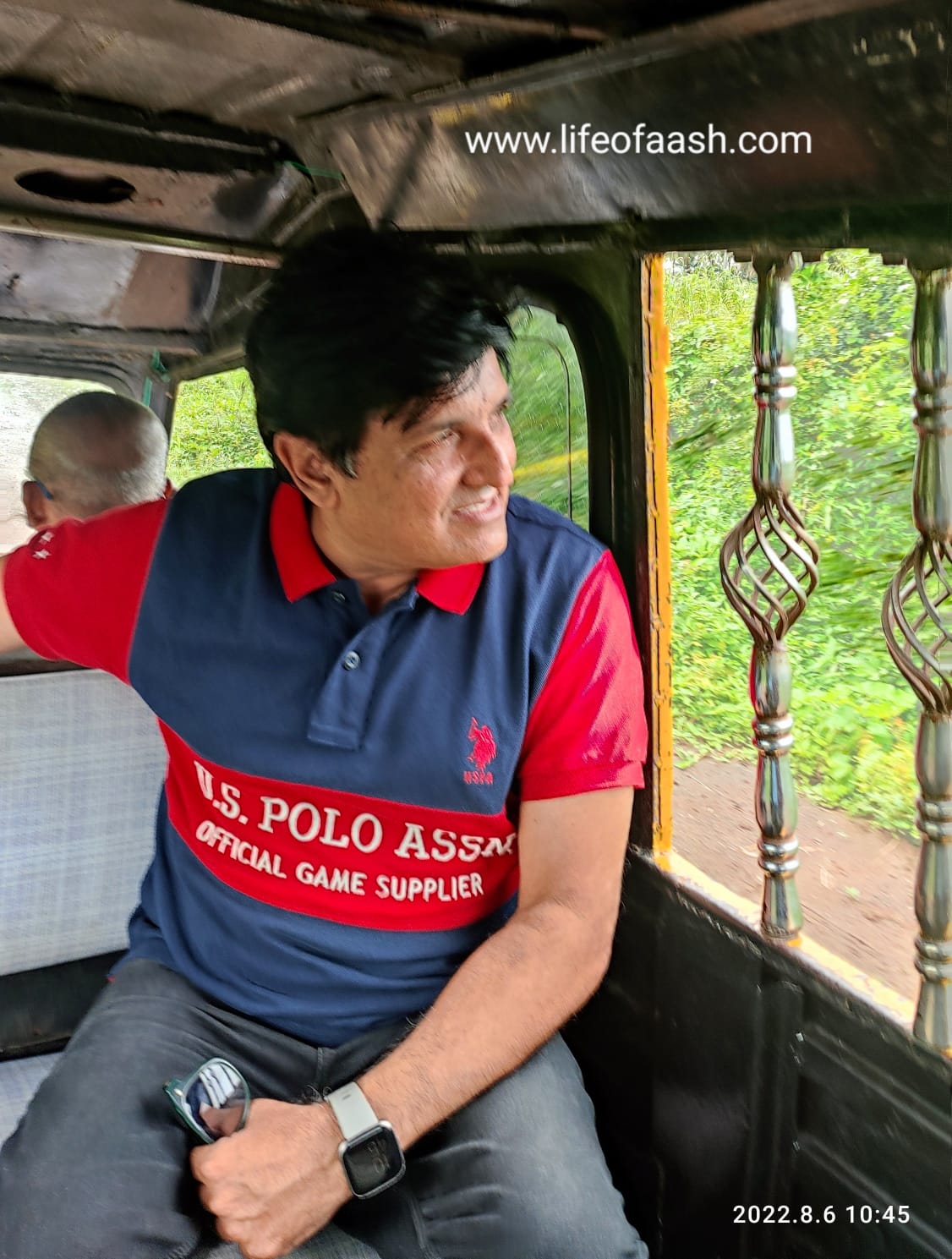
The auto driver told us that he will start only once 8-10 passengers are there in the auto. I was now getting worried as to when will I reach Khidrapur and when will I be back. I told the auto guy, that I’ll pay for the entire auto and he agreed and we allowed those 2 passengers to travel with us. Though the auto driver told me, it will be a kind of private auto, but he kept taking new passengers en route, I didn’t complain, ” Ab itna jhol toh chalta hai The ride was very bumpy, passing through villages, narrow roads & at one point the lovely sight of Krishna river can be seen.
.
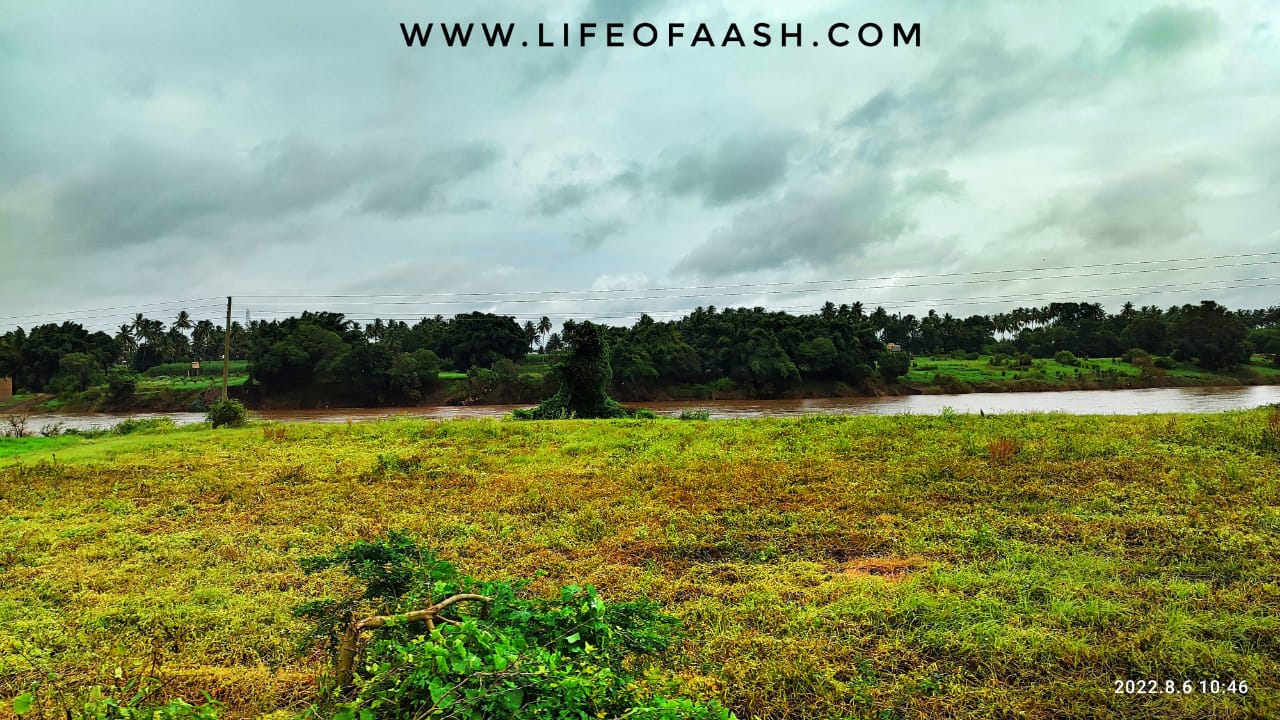
.
Soon we reached Shri Kopeshwar temple. The auto guy told me to take 1 hr for sightseeing I said fine and moved on to the temple. You must be wondering why I went through so much hardship to visit just another temple. So Let me give you some interesting details about this beautiful temple as why this was not just another temple.
.
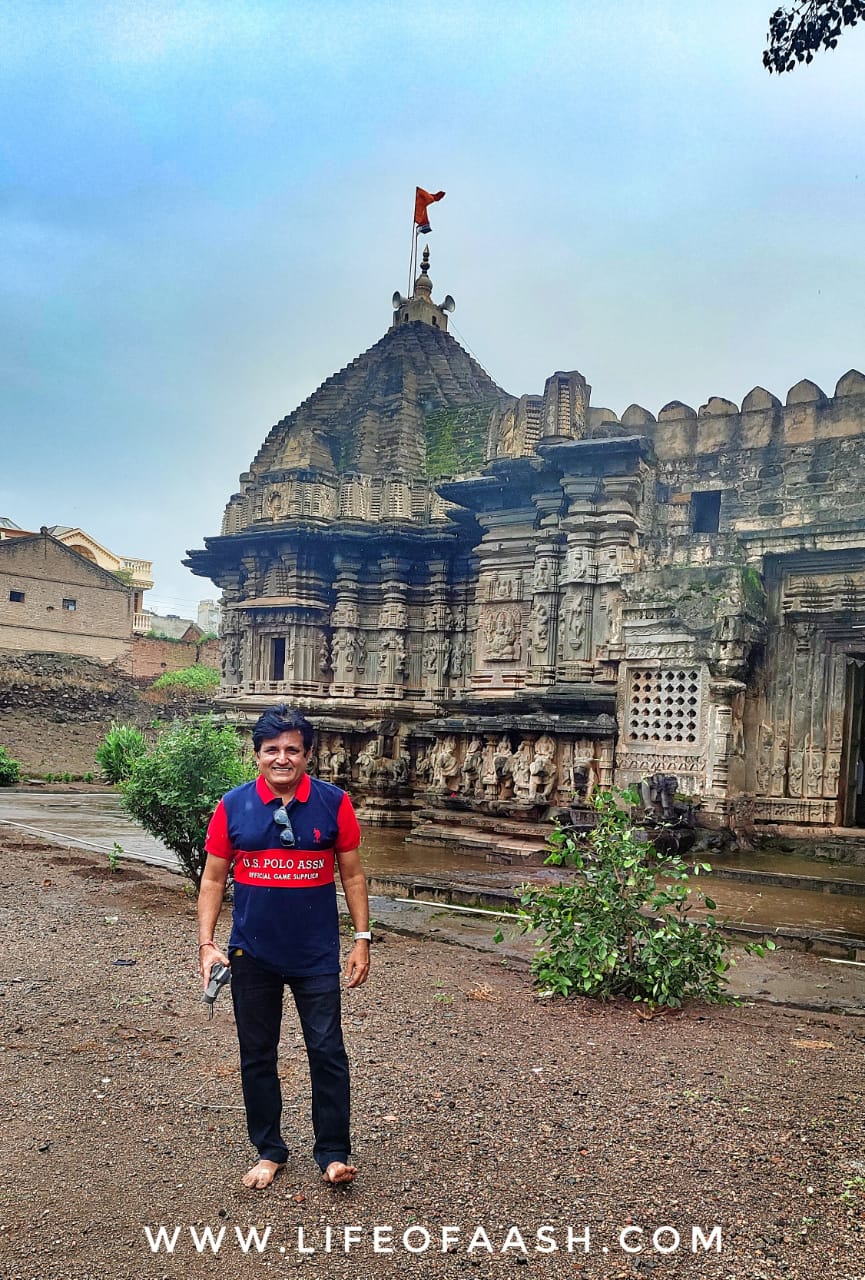
.
Shree Kopeshwar temple is an ancient temple, built in the 12th century by Shilahara king Gandaraditya between 1109 and 1178 CE. It is to the east of Kolhapur situated near the bank of the Krishna river. Even though Silaharas were Jain kings, they built and renovated various Hindu temples, thus depicting their respect and love for all religions. This temple got its name Kopeshwar which means angry Shiva.
.
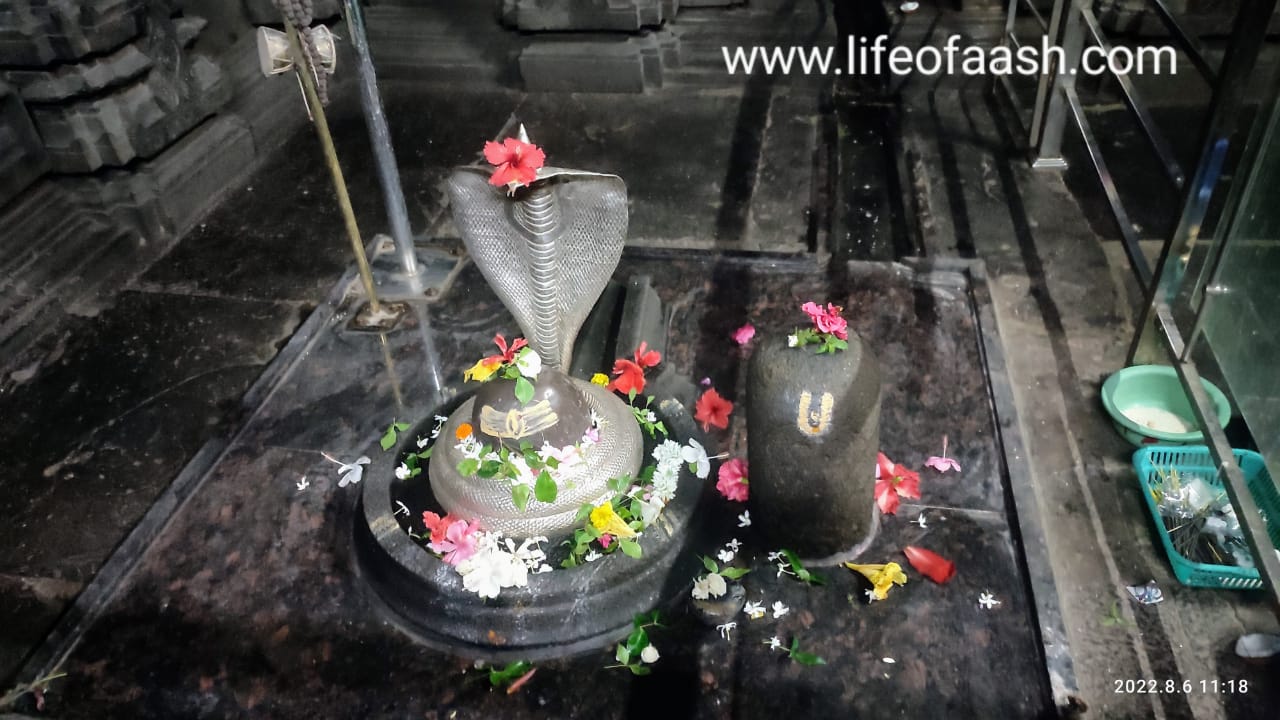
There is a legend behind this name that goes something like this, King Daksha, who did not like his youngest daughter Sati marrying Lord Shiva, conducted a Yagna to which he did not invite the couple. Sati visited her father’s house on Shiva’s Nandi to confront her father. Dakhsa insulted her in front of the guests present at the Yagna. Unable to bear any further insults, Sati jumped into the fire of Yagna and immolated herself. When Lord Shiva came to know about it he was infuriated. He punished Daksha by severing his head. Lord Vishnu pacified Shiva whereupon he restored Daksha’s head but with a goat’s head. The furious Shiva was brought to this place by Lord Vishnu to calm him down. Hence the temple got its unusual name as Kopeshwar (wrathful god). This explains why Lord Vishnu is in the temple in the form of a ling along with Shivling and one more noteworthy thing is the absence of Nandi, Nandi is not seen in this temple as Sati rode on the Nandi while visiting her parents’ home..
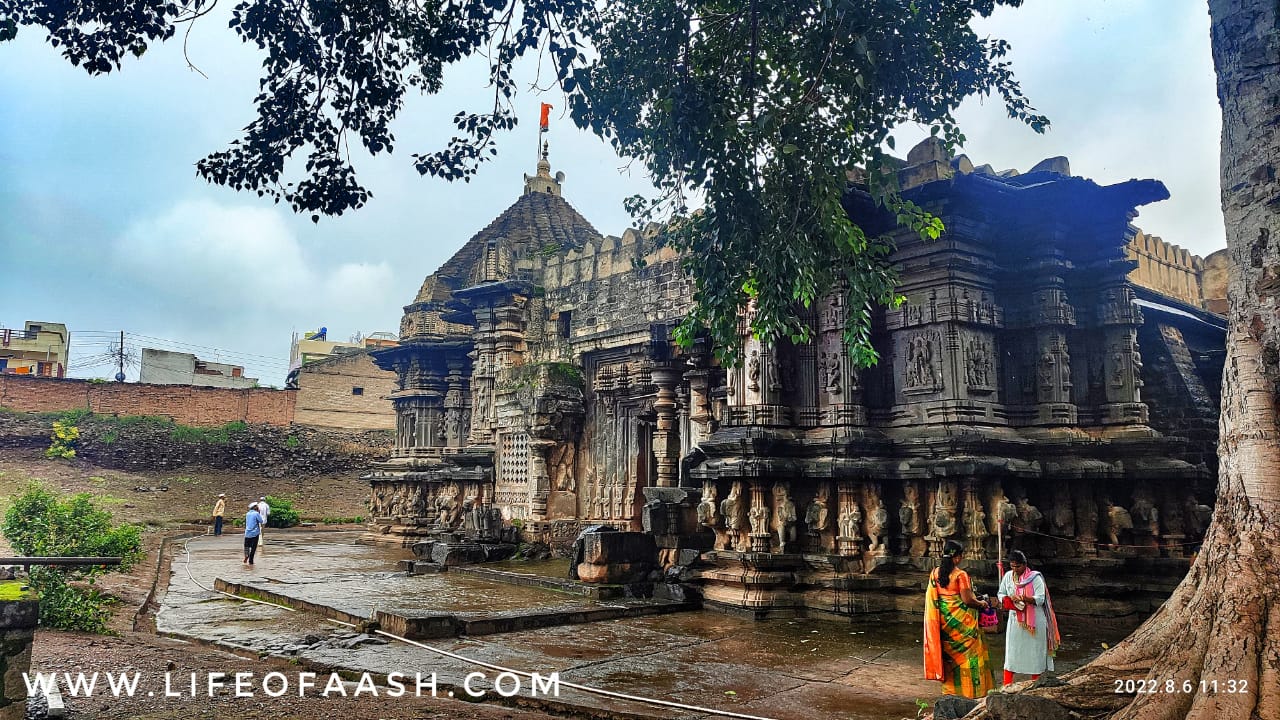
.
Architecture of Kopeshwar Temple, Khidrapur
The entire temple is divided into four parts – Swargamandapa, Sabhamandapa, Antaral kaksha and Garbha gruha. The Swargamandapa has an entrance with an open top. The sanctum is conical while the exterior has stunning carvings of deities and secular figures. Elephant statues sustain the weight of the temple at the base while in the interior, Vishnu (Dhopeshwar) and Shivling facing north can be seen. The ceiling is semi-circular with outstanding engravings. The outside of it is completely carved with the entire ‘Shivaleelamrit’.
.

.
This is the only Shiva temple in India with an idol of Vishnu, making it an important pilgrimage site for both Vaishnavism and Shaivism sect of the Hindu tradition. Nandi, a feature that exists in almost all Lord Shiva temples, has a separate Mandir in the complex as he was not accompanied to that place where Lord Shiva calmed down.
.
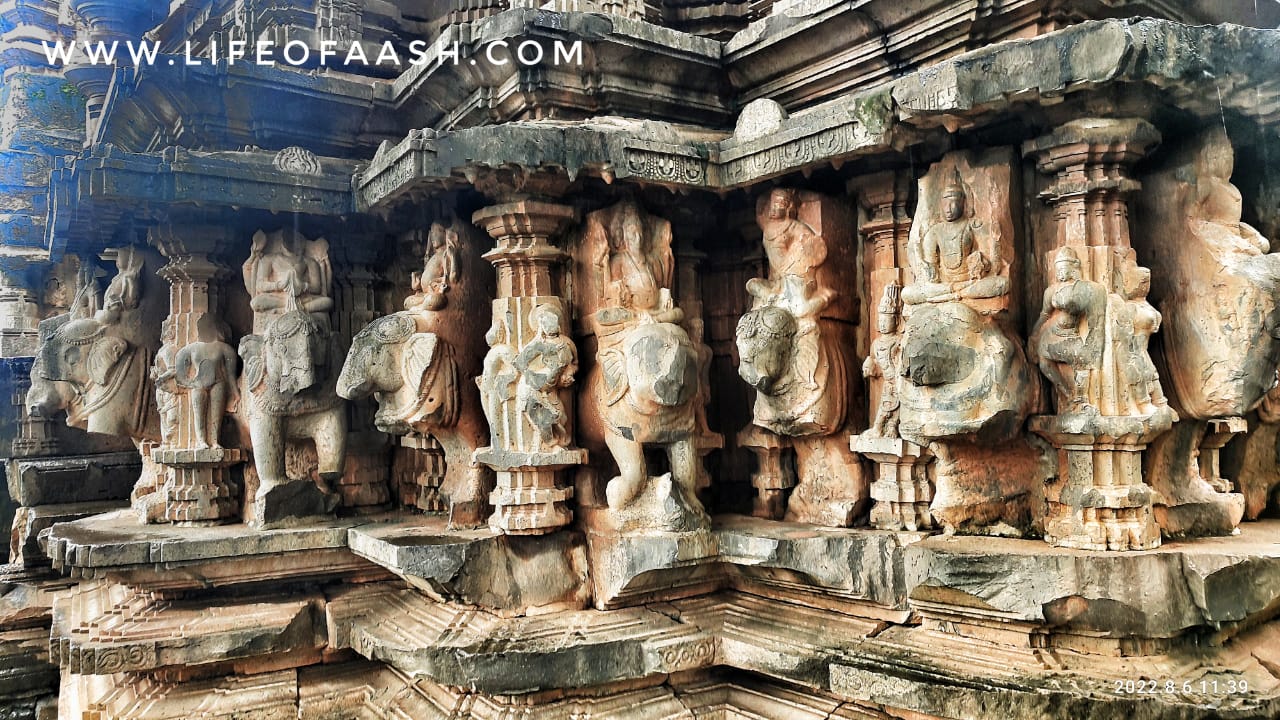
At the base of the temple is the ‘Gaja patta’ (Gaja-Elephant, patta = strip), which is a part of the Adhisthan. (base or foundation). There are 24 elephants at the base of the Swarga Mandap (of which only 11 are intact). In all, on the exterior are 92 Elephant statues carved at the base, each one different from the other.
.
Swarga Mandap
When we enter the Swarga Mandap, it is open to the sky with a circular opening. Looking at the sky one gets mesmerized and gets a feeling of looking at the heavens, which justifies the name Svarga Mandap.
.
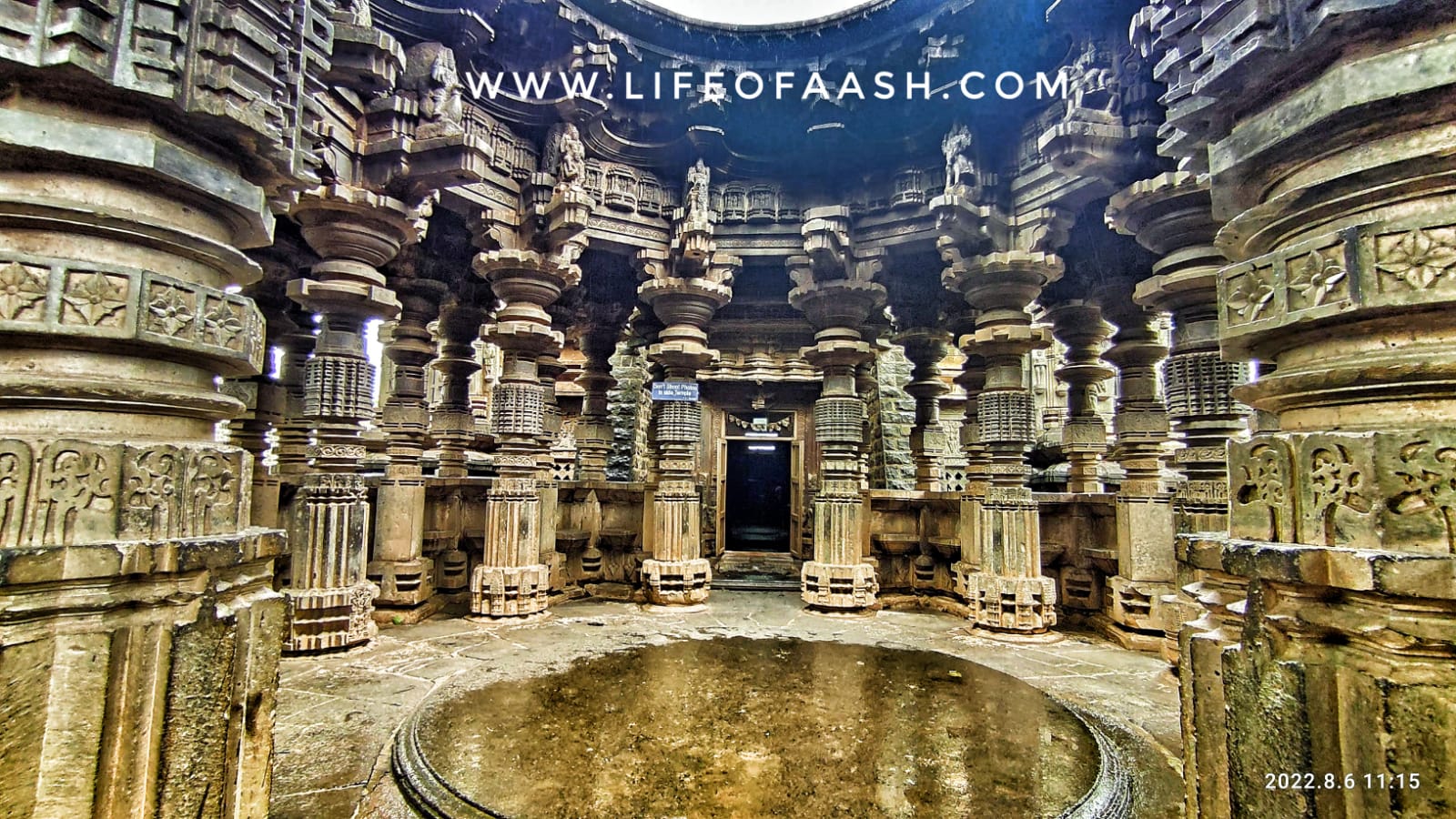
.
At the periphery of the Swarga Mandap, we can see beautifully carved idols of Lord Ganesh, Karthikeya swami, Lord Kubera, Lord Yamraj, and Lord Indra, etc. along with their carrier animals like peacocks, mice, elephants, etc. If we stand at the center of the Swarga Mandap we can see idols of Lord Brahma on the left-hand side wall of the entrance of the sabha mandap..
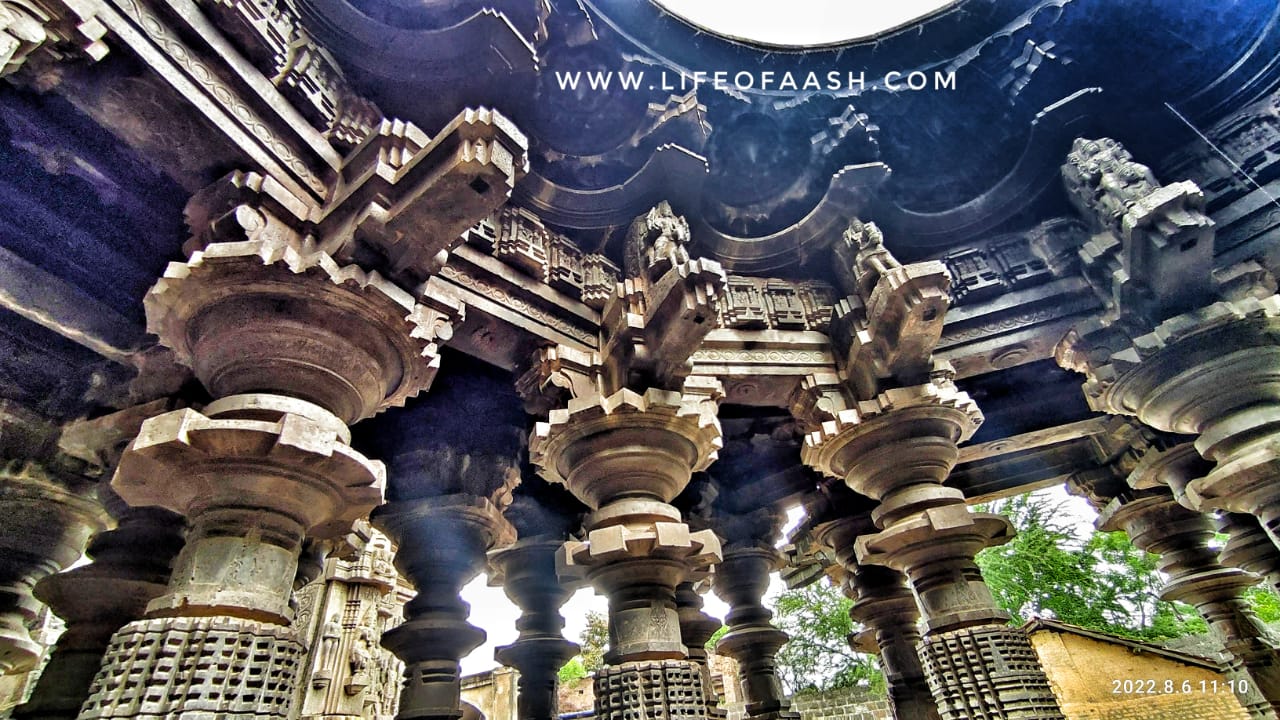
.
In the center, we can see Lord Shiva Kopeshwar’s shivling situated in the Garbh Gruha & towards the right-hand side wall we can see the beautifully carved idol of Lord Vishnu. So at one glance, we can see the Tridev ‘ Brahma Mahesh Vishnu ‘. A stone pedestal mounted east of the temple’s southern door has a carved inscription in Sanskrit, written in Devnagari script. It mentions that the temple was renovated in 1136 by Raj Singhadev of the Yadav dynasty.
.
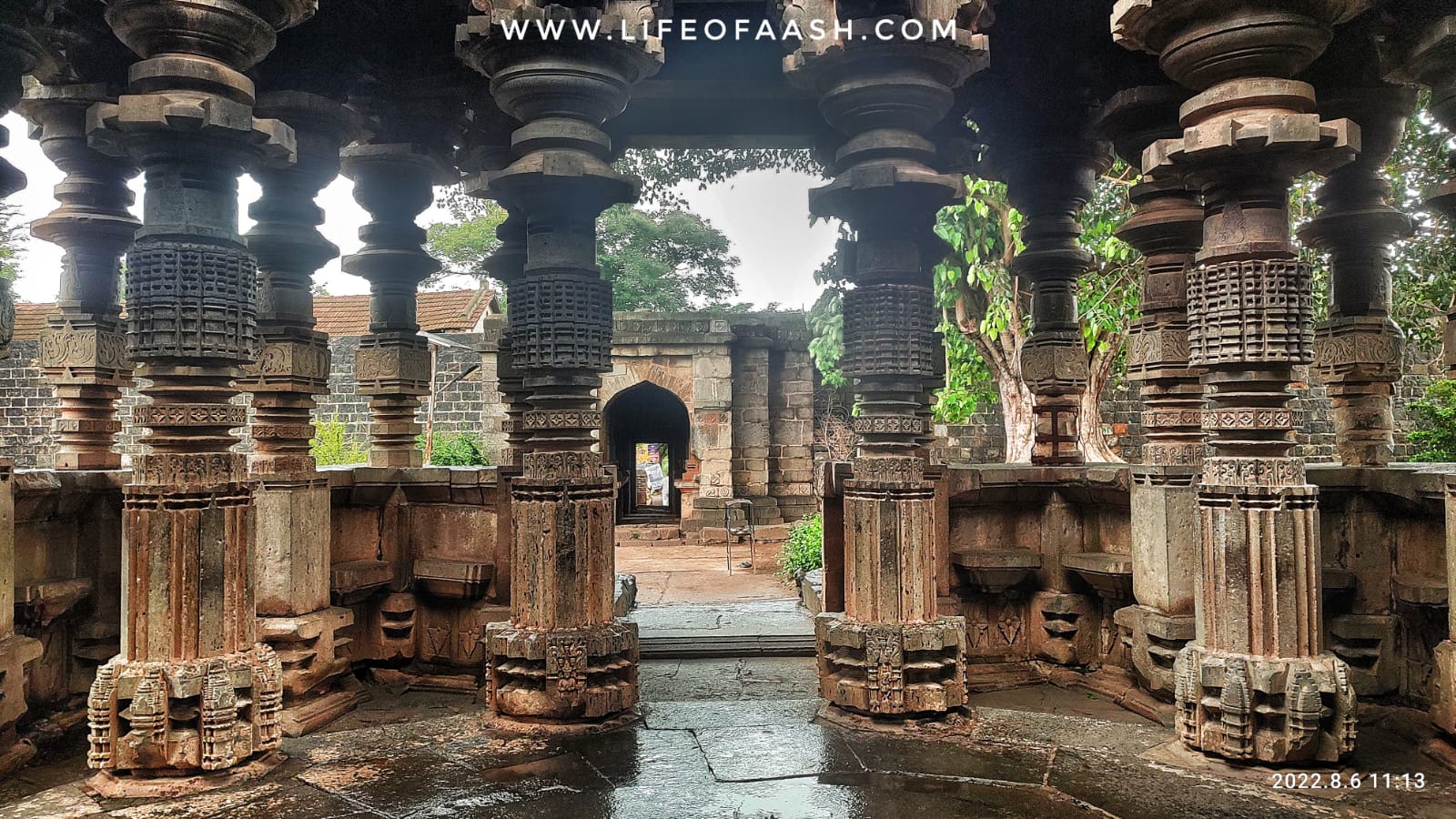
.
We explored the other sections of the temple , paid our respect to lord Shiva and came out of the temple.
After exploring the temple when we came out someone told us to visit Narsobachi wadi, For a traveler like me I am a sucker for this kind of bait, I looked at my wife and said ” Bolo chalna hai kya ! and on that note, we departed from Shri Kopeshwar Temple and boarded our auto to take us back to kurundwad and from there hopefully we will be able to visit Narsobachi wadi.
Stay tuned for the next part.
